
The Impact of Website Speed on SEO and User Experience
When visitors land on a website, they expect both lightning-fast load times and seamless navigation. A site's speed directly affects its search engine ranking. Google rewards quicker sites with higher placement in search results.
Users prefer fast-loading pages, which means better experiences lead to more engagement. Businesses can capitalize by maximizing their websites for optimal performance while ensuring users enjoy swift access to information. Implementing techniques that boost loading speeds offers businesses the local advantage needed in today's competitive online marketplace.
This seamlessly segues into how user experience ties closely with website efficiency.
Maximize Load Times for SEO Enhancement
Websites that load swiftly set the stage for a satisfying user experience right from their first interaction. Visitors are more likely to remain engaged on pages that respond without delay, directly boosting conversion rates—a critical metric of online success.
Regular use of diagnostic tools such as Google PageSpeed Insights can pinpoint performance issues and offer targeted enhancements. GTmetrix provides a dual analysis leveraging both Google's and Yahoo's frameworks, while Pingdom scrutinizes loading speed across different locales, pinpointing specific slowdowns. Enhancing images through TinyPNG ensures visuals entice without excess load weight, thereby speeding up page rendering times.
Efficient caching via W3 Total Cache or similar solutions slashes data retrieval delays by storing frequently accessed elements closer to end-users; this ties in with Content Delivery Networks (CDNs) like Cloudflare, which nullify geographical latency by hosting content across global nodes. A site must undergo routine checks using these instruments. Continuous adaptation is vital alongside responsive design adaptability, especially given that the prevalence of mobile browsing affects rankings, too.
Fostering brisk website functionality transcends mere code optimization. It stands at the core of any robust online presence strategy endorsed by experienced
web designers in Oceanside.
Optimizing User Experience through Speed
In the bustling digital realm, website speed stands as a cornerstone of user satisfaction. It's not just about delivering content swiftly; it's also about ensuring visitors remain engaged and likely to return. A slow-loading page risks losing users before they've even glimpsed what you offer.
Speed is that crucial first impression. Page load time influences key performance indicators such as bounce rate. The frequency with which visitors leave after viewing only one page.
Which in turn can diminish search rankings if elevated. Search engines prioritize sites where this metric signals content relevancy and fulfillment of user needs, promoting those with lower bounce rates. Moreover, mobile optimization has become paramount, given its majority share of global traffic at 58.67%.
This figure has steadily increased since 2015 from merely 31 percent. It requires faster loading times than ever due to limited processing power on handheld devices. User experience transcends SEO, irrespective of how visitors arrive.
Be it organically or via paid avenues. A sluggish site will deter engagement uniformly across all channels, leading your potential customers elsewhere for their needs. Thus, optimizing page speed should be an immediate focus not only for better online visibility but also for superior user interaction quality.
A fast-loading website serves dual benefits: it boosts SEO rankings and improves user experience. Search engines favor quick sites, rewarding them with higher visibility. Meanwhile, visitors appreciate speed for a smoother browsing journey.
Oliver Web Guy LLC specializes in crafting swift websites that cater to both search algorithms and customer satisfaction in Oceanside, ensuring your online presence is strong and inviting.

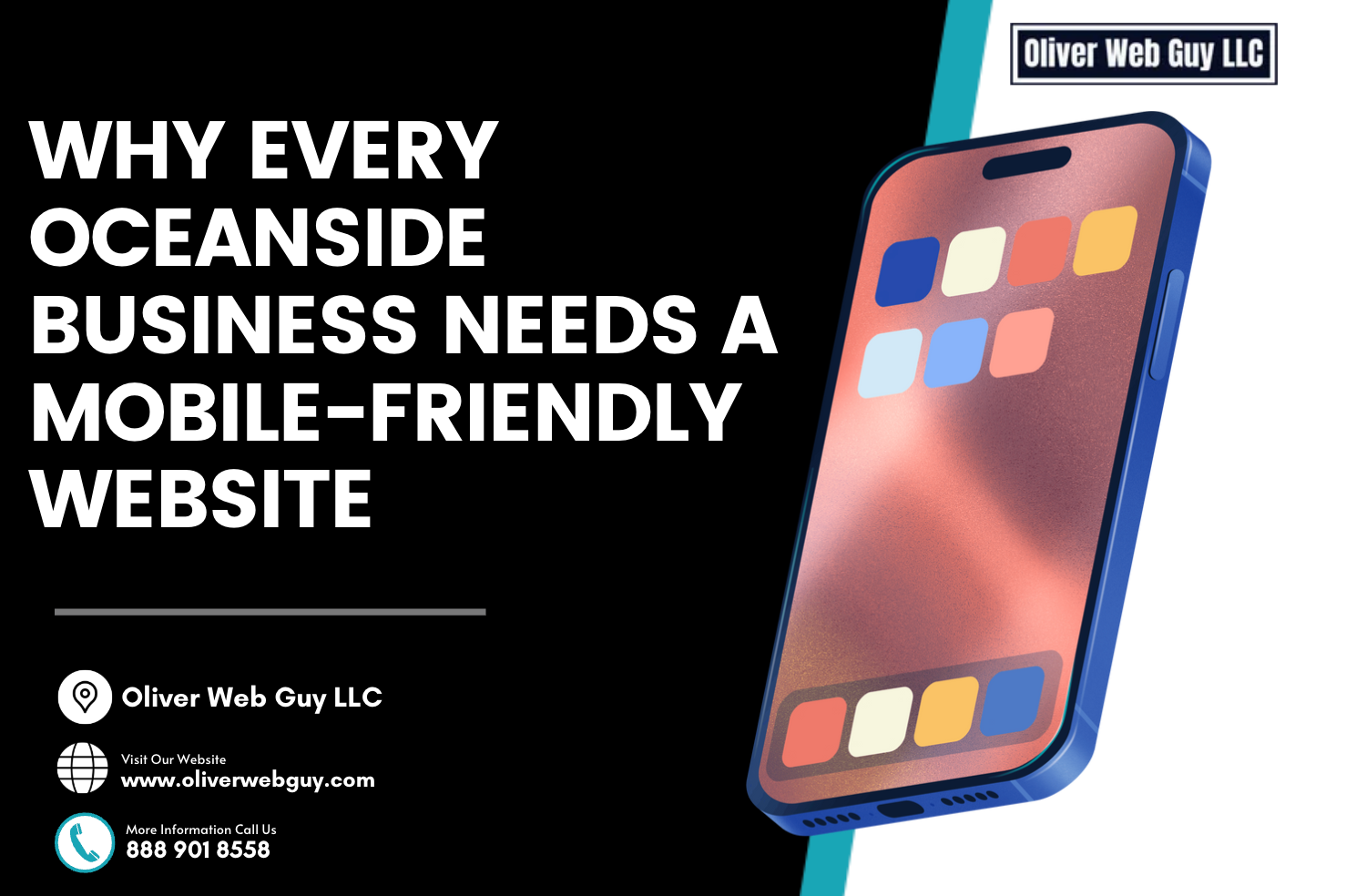
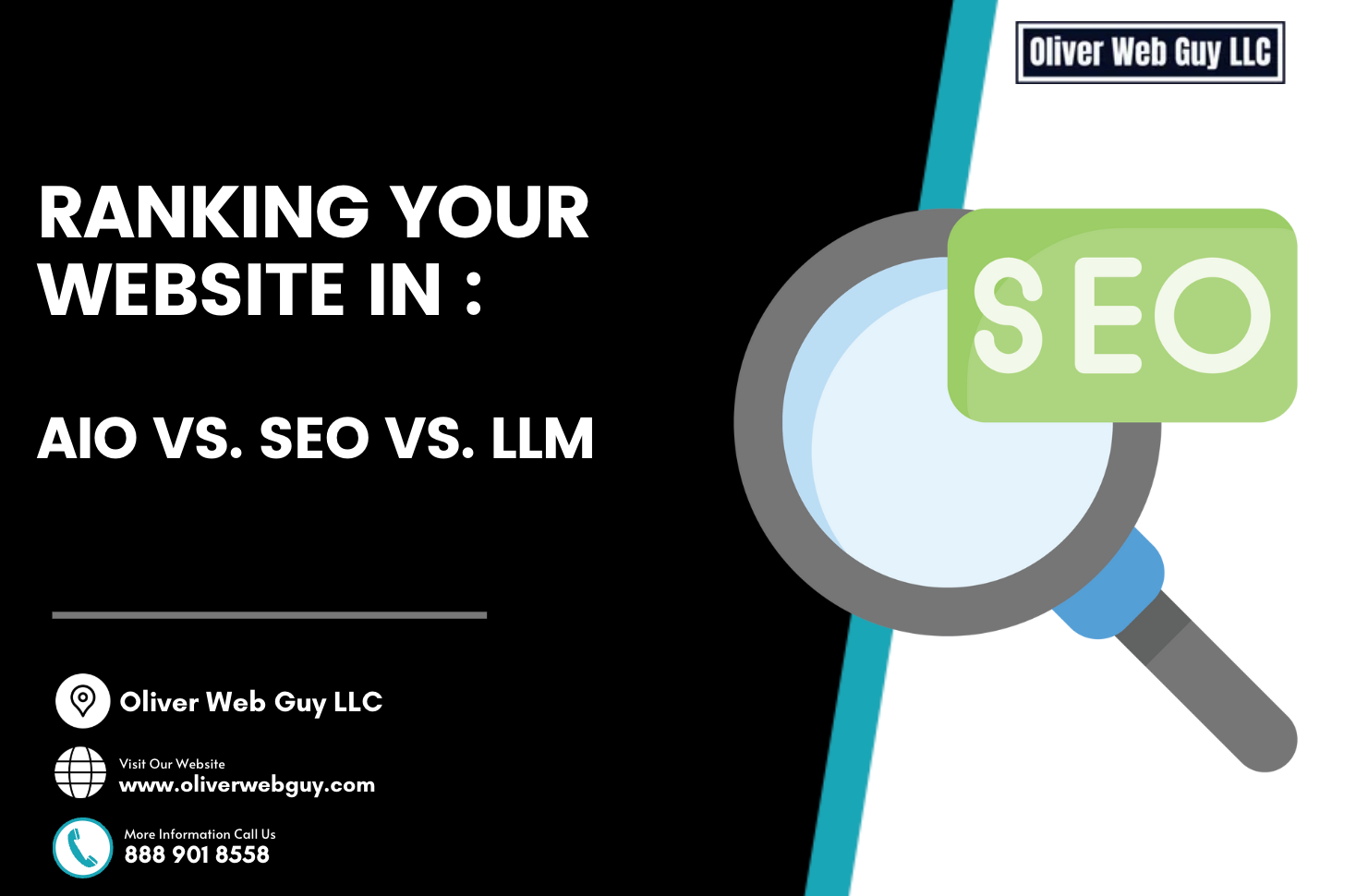
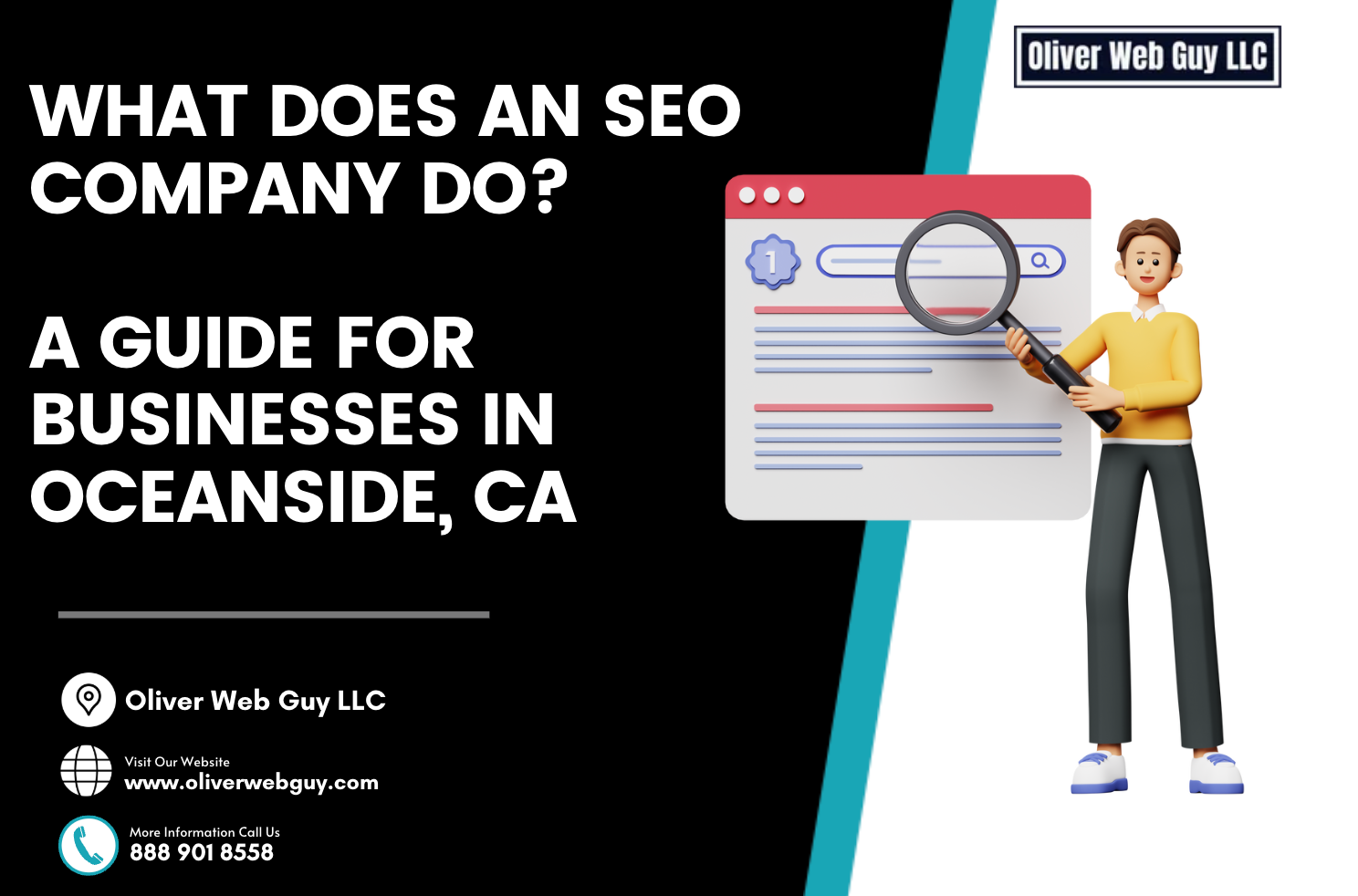
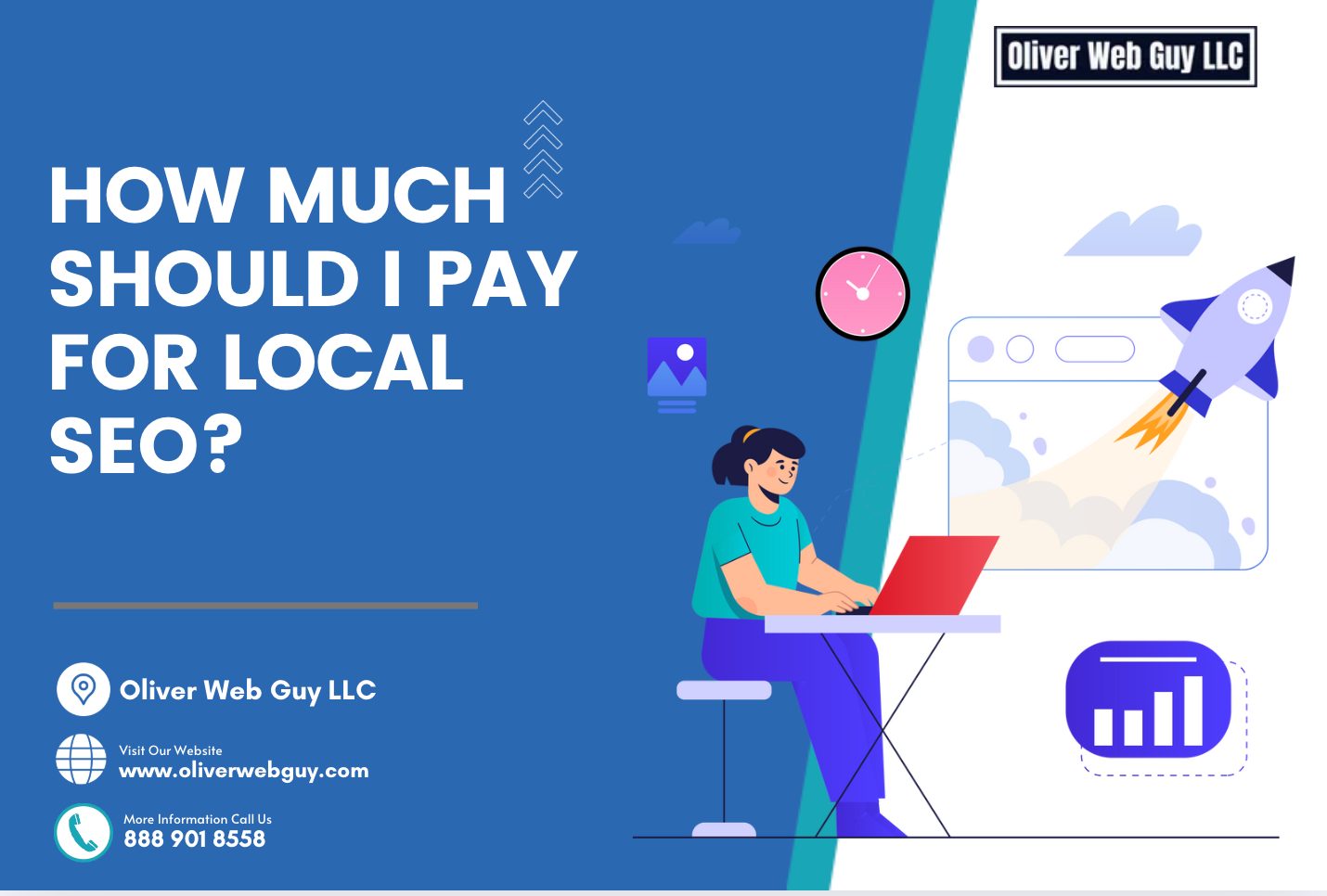
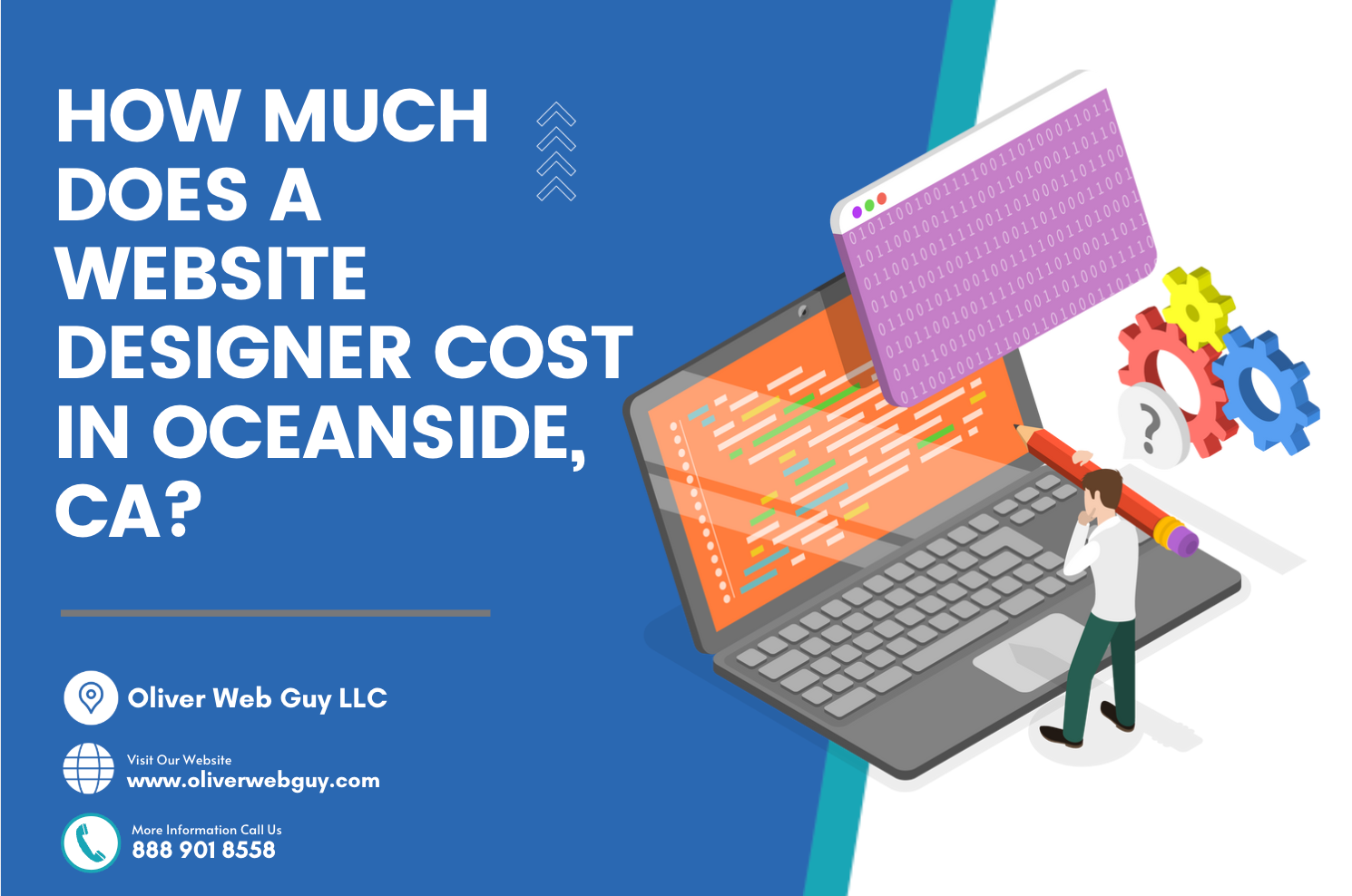
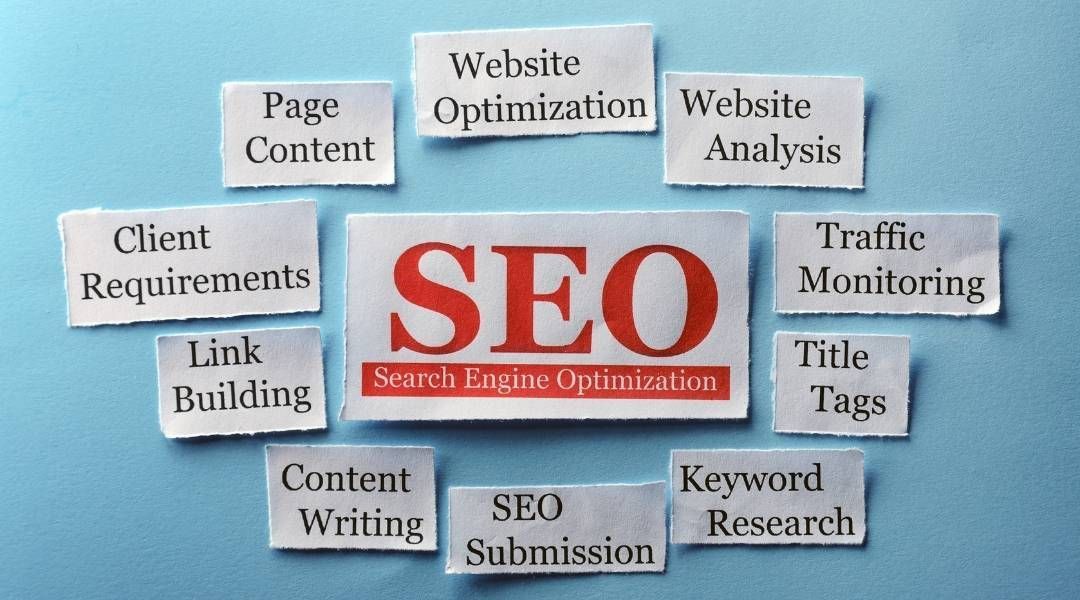


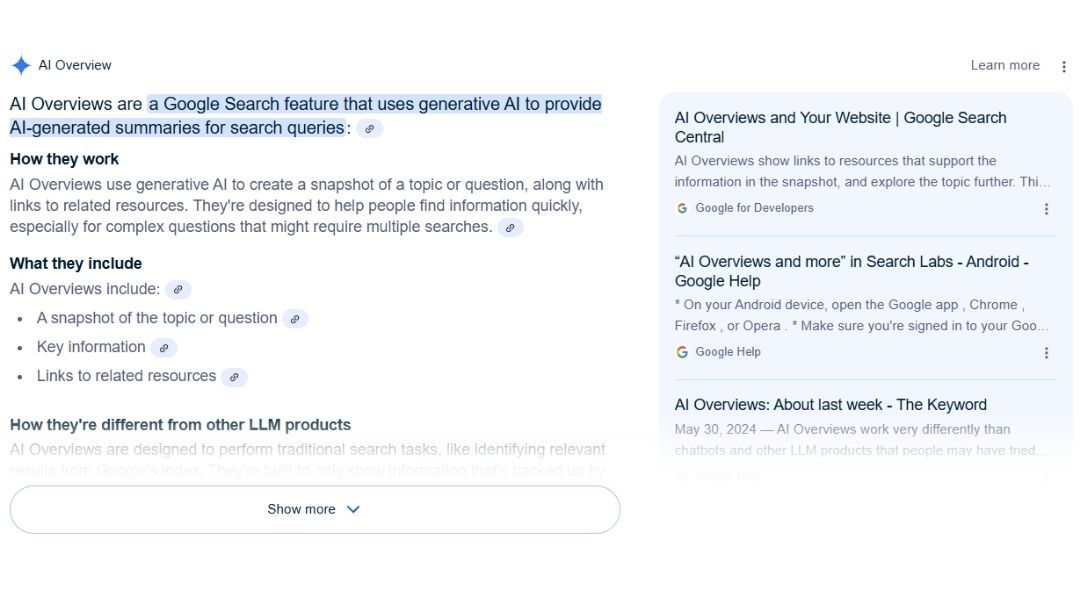


Contact Us
Address: 419 N Ditmar St, Oceanside, CA 92054